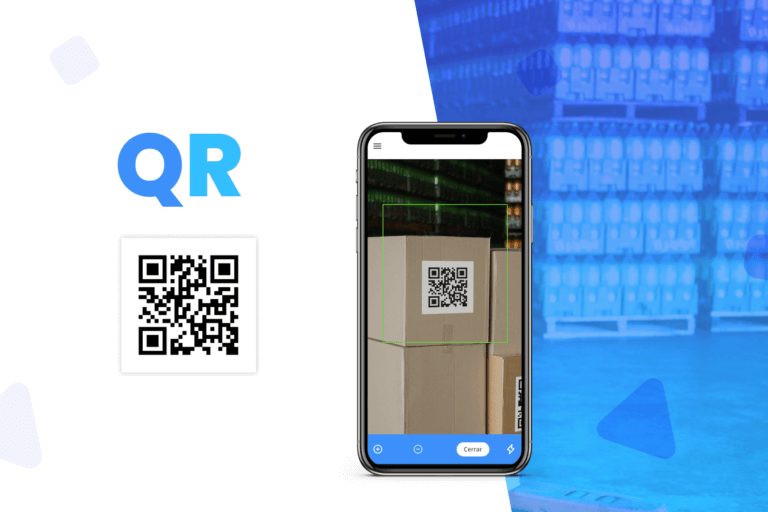This popular tool represents the simplest and most efficient way to transmit and receive an important event or notice in real time. In addition, it allow us to upgrade systems, as well as save valuable time and resources.
One of the main requirements demanded of every App, especially if it works in the web environment, is its ability to connect and communicate with others. In recent years, the industry has developed various solutions to facilitate this process, such as SOAP (Simple Object Access Protocol), Web API REST (Application Programming Interface), OData or Graph QL, among others. However, the most effective and used option today are the popular and efficient webhooks.
What is a webhook?
A webhook is an HTTP callback. That is, an HTTP POST request that intervenes when a specific event is registered in an application or system, and that simultaneously notifies it to another app or system.
Its name is precisely because it works as a “hook” or union between two or more programs that operate on the Internet. This feature explains its growing popularity, as it represents the simplest way to transmit and receive an important notice in real time, which also allow us to update an entire system.
In simple terms, it is equivalent to withdrawing cash from an ATM. At that moment, the machine checks the balance, verify if there is money in the account to complete the operation, and delivers the requested amount. At the end of the operation, the system update the customer’s balance, and this change triggers another action: the sending of an SMS or email (as appropriate) with the details of the withdrawal.
Webhooks work precisely that way. An action, in this case the withdrawal of money, triggers other actions, which are the updating of the bank’s systems, and the simultaneous sending of the message to the customer. In this way, when integrating multiple applications, we can tell another platform, through a webhook, to carry out one or more specific actions, such as reporting the withdrawal, warning of possible fraudulent operations, or offering consumer loans, for example.
If we transfer this operational logic to companies, it is possible to generate a wide flow of tasks from one to other platforms from a particular event. For example, filling out a maintenance form. In this way, each time a supervisor enters new critical information to his electronic online machine inspection form, he can generate, trough a webhook the respective corrective or preventive maintenance action in real time (as the case may be).
Advantages and benefits
This operating scheme offers multiple advantages for all applications that dialogue during the provision of the service. Among these, the following stand out:
Saving resources and time
Conventional APIs tend to use many resources to make and answer numerous useless calls (usually to exchange redundant information) before the action-reaction chain is finalized. A webhook, on the other hand, skips this step since it does not make any previous calls, and sends the data as soon as it is available.
Optimize efficiency
Through a webhook, the user application will receive a call at the exact moment it needs it, and there will be no unnecessary delays.
Increase response speed
The call made to a webhook is very fast, since only send the specific information of the particular event. In fact, many times the system does not even expect for a result, since it is only a matter of notifying the event and nothing else.
Are Webhooks the same as an API?
Various specialists usually approve webhooks within the API family. They are even often called “reverse APIs”, since they work in a similar way to a contract between two parties, except that the calls are in the opposite direction. However, unlike APIs, webhooks are usually present on both sides of the chain.
Besides, in most APIs, there is a request followed by a response. On the other hand, a webhook does not require any request, since it sends the data as soon as it is available.
Where are Webhooks?
Today, webhooks are an integral part of the development of any application. Therefore, they are present in practically all the most popular solutions on the market.
Some of the best-known examples are:
Github offers webhooks to notify other applications of the occurrence of certain events, such as a “push” command applied to a master or a branch.
Mailchimp, one of the most popular web email marketing services, offers webhooks to notify other applications when new additions or unsubscribes to a newsletter service occur, or when a subscriber changes their email address.
Shopify, one of the most used online store products in the world, offers webhooks to notify the moment when a user processes a purchase, requests a refund, or adds a product to their cart.
Twilio, world leader in telephony and messaging products for developers, offers multiple webhooks to notify the reception of a call and, in addition, so that the application itself can also report important events to its users.
Sendgrid, another popular backend service for sending email, offers webhooks to notify situations such as receiving a message, or a bouncing email, among many other options.
Multiple Application Integrator
Another fundamental and relevant advantage of webhook is that it allows delegating the coordination of tasks to external services, reducing operational difficulties and saving a large amount of own development time.
For example, instead of the inspection app being responsible for receiving the maintenance provider’s webhook, calling other services to send the respective alert, and generating the respective repair order, an external service can be used that combine all these tasks.
This service can be free or paid (depending on the options offered by the market), and thanks to the use of multiple webhooks it provides a central point that coordinates all the user’s applications, including their own.
In addition, it allows creating complex rules based on the events that have occurred and the data received, which ensures continuity of service, without incurring higher expenses for server maintenance.
The best-known task coordination services are:
Zapier
It is, without a doubt, the most popular tool of this group, as it integrates more than 2,000 applications of various types, and allows creating multiple contact flows between them. Like many of the services currently on the market, it has free basic functions and other paid ones. https://datascope.io/es/blog/como-usar-zapier-para-optimizar-tu-negocio/
Integromat
While it offers fewer services than Zapier, its applicability is just as broad. In addition, it is very easy to integrate any external service using HTTP and JSON connectors (webhooks). It even supports older XML and SOAP connectors. Its free options are generous too.
IFTT
It is one of the pioneers in the market, although its main orientation is digital home products. It is completely free and integrates interesting apps that are not present in other services (such as Telegram, for example). However, its interface remains complex and unfriendly. In addition, connectors for webhooks are somewhat limited in terms of the parameters sent and received. This is because they were more designed for IoT and not so much for large integrations.
Microsoft Power Automate
It was born a few years ago as Microsoft Flow, aimed at end users and with an excellent free version. Now, instead, it is part of the Power Platform family, it is completely business oriented, and it does not have free services. It is ideal for Office 365 or Azure environments.
Automate.io
It is one of the newest options on the market. It allows integrating applications without coding through a very simple interface, which works based on a drag and drop structure. Users connect to whatever service they want to integrate using their credentials, and then select which application to use to activate the workflow. Triggering events can be selected from a drop-down list. It also allow us to add actions, selecting the desired application and the corresponding action, from a drop-down list.







